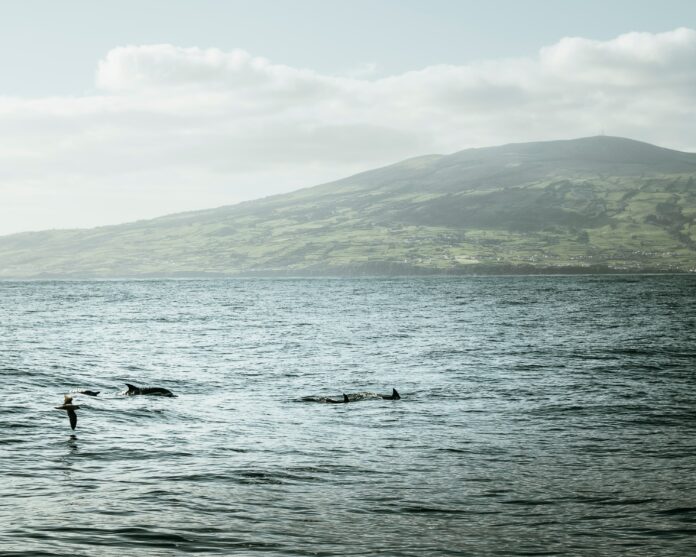To explore this island’s fascinating seafaring legacy, look no further than the Whaler’s Museum, aptly known as “Museu dos Baleeiros” in Pico. Nestled in the charming village of Lajes do Pico, this museum serves as a captivating testament to the whalers’ way of life in the Azores. This article will walk you through the history of whaling on Pico and what visitors can anticipate when they step into this remarkable museum.
History
The Whaler’s Museum pays homage to a time in history when whaling was an integral part of life for the people of Pico and nearby Azorean islands. Whaling, a risky and physically demanding profession, provided these islanders with their livelihood and sustenance.
During the 18th and 19th centuries, Pico Island thrived as a central hub for the whaling industry. The men who embarked on these difficult journeys into the unpredictable waters of the Atlantic Ocean to hunt these colossal creatures were known as “baleeiros.”
Whale hunting was banned in the 1980s and the Azores has committed itself to the conservation of whales, while still preserving the history with the museum.
What To Expect
The museum boasts an impressive collection of whaling artifacts, including harpoons, boats, and equipment used in this hazardous profession. Visitors can examine these tools, gaining a firsthand understanding of the bravery and skill required to face the colossal sea creatures.
A key highlight is the faithful reproduction of a whaling boat, complete with all its original elements. Stepping into this replica is like stepping back in time, allowing you to appreciate the cramped quarters and conditions endured by the baleeiros during their epic hunts.
Photographs, documents, and personal testimonies of the whalers enrich the museum’s narrative, chronicling the rise and fall of the whaling industry. The museum also features an array of marine specimens, including the skeletal remains of whales, underlining the vital role these creatures played in the Azorean culture.
Visiting Times & Tickets
Tickets cost €2.
Opening Hours
Summer Hours (April 1st to September 30th)
Tuesday to Sunday: 10:00 AM – 5:30 PM
Closed on Mondays
Winter Hours (October 1st to March 31st)
Tuesday to Sunday: 9:30 AM – 5:00 PM
Closed on Mondays


